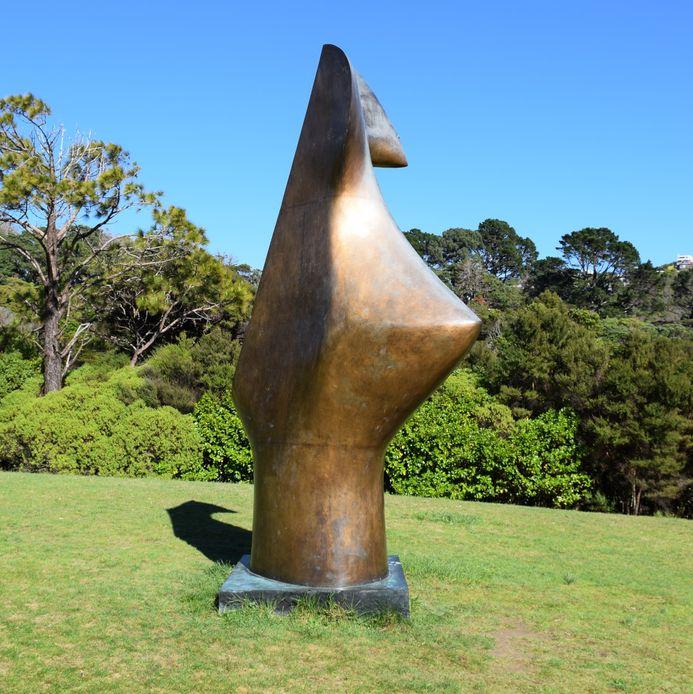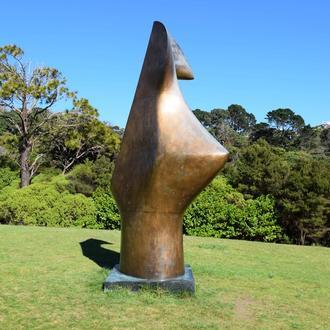Henry Moore
b. 1898d. 1986
1 Artwork
A seminal figure in the history of Modern British Art, Henry Moore was born seventh out of eight children to mining family in Castleford, West Riding of Yorkshire. Keen to see his children leave mining Moore's father encouraged formal education as the means to a better life.
Moore served in the army during the war, receiving injuries in 1917 that removed him from further frontline postings. After the war Moore received a grant to continue to his study at Leeds. There he met Barbara Hepworth alongside whom he received a scholarship for further studies at the Royal College of Art London, in 1921.
Moore was part of the British Surrealist movement prior to the second war. From surrealism Moore developed a primitive figuration that has become synonymous with British Modern Art. His sculptures are usually abstractions of the human form, typically depicting mother-and-child or reclining figures. They are generally pierced or contain hollow spaces, and have been interpreted as undulating like the landscape of his Yorkshire birthplace.
As well as sculpture, Moore produced many works on paper such as the series depicting Londoners sheltering from the Blitz during the Second World War.
Recognised as one of the most influential sculptors of his generation, Moore was awarded numerous commissions and accolades during his lifetime. This success enabled him to establish the Henry Moore Foundation and Yorkshire Sculpture Park, in 1977. As well as preserving Moore's legacy, these institutions support the work other sculptors and the creation of new exhibitions.
See also:

Henry Moore, ‘Bronze Form’ (1986), Wellington Botanic Garden ki Paekākā, Kelburn, Te Whanganui-a-Tara Wellington
Image: Bronwyn Holloway-Smith, Public Art Heritage Aotearoa New Zealand, 2021
- Associated Artworks

